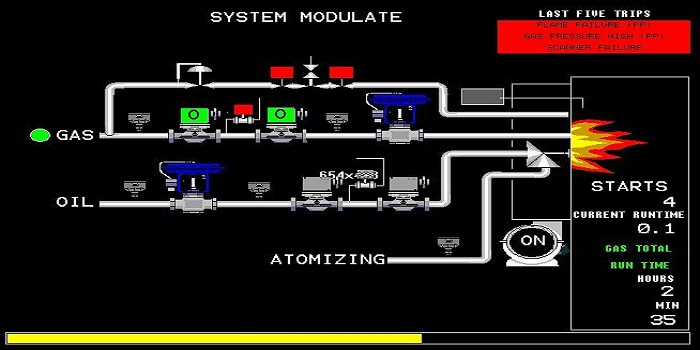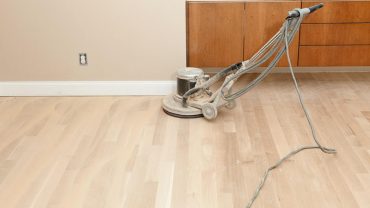Unfinished hardwood flooring typically gets second-class treatment compared to prefinished hardwood flooring. But there’s not much of a difference between the two.
Prefinished means the wooden boards are already processed and sealed with layers of coating before they roll out of the factory.
Meanwhile, when you buy Unfinished Hardwood Flooring Online, you can expect the wooden boards to be in their natural state. They would have to be sanded and coated on-site.

Here are the other FAQs regarding unfinished hardwood floors:
1. Do you need to acclimate unfinished hardwood flooring?
Whether prefinished or unfinished, all hardwood floors need to acclimate to their new surroundings. This simply means that you let the wood set for a certain amount of time before you install it. This allows the material to dry out until the moisture content of 9% is achieved. The floorboards should be cross-stacked in even spaces for air circulation. Typically, acclimation takes about three days.
2. Is unfinished hardwood flooring engineered?
There are some Unfinished Hardwood Flooring Online that are engineered. They are comparatively better because they are more resistant to weather changes as compared to solid hardwood. Engineered hardwood still uses real wood which is then layered with other types of wood, such as plywood for instance. The advantage is that the top-most surface layer can be sanded several times. They are also kiln-dried to achieve the right kind of moisture.
3. What type of wood should you choose?
There are domestic tree species that are popular choices for hardwood floors. These include walnut, red oak, maple, hickory, cypress, and American Cherry.
If budget is a consideration, you can choose red oak, which costs between $2 and $6 per square foot. Compare that to the ash hardwood, for instance, which costs between $7 and $18 per square foot. Like maple, ash gives the appearance of a lighter and open room. Meanwhile, mahogany gives off a more luxurious vibe.
People might be surprised to know that reclaimed wood is more expensive compared to a new one.
4. What type of floor should I choose to ensure it lasts long?
In general, hardwood flooring typically lasts a lifetime with proper maintenance and care. However, you can refer to the Janka Hardness Scale to measure the toughness of the material.
According to this measure, the Brazilian Cherry seems to be the hardest, followed by the Mesquite, and Santos mahogany. Completing the top 10 are Merbau, Jarrah, purpleheart, hickory or pecan, African Padauk, wenge, and hard maple.
The higher the scale, the more expensive the hardwood is going to be.
5. What type of floor finish is best for your floor?
For unfinished hardwood flooring, you will need to coat it with one layer of sealer and finish it with two coats of a protectant. You need to seal the wood to avoid what’s called a penalization. However, instead of the seal coat, you can use stain as well. However, you need to be careful about staining some hardwood like Brazilian Cherry or Mesquite because of the natural hardness quality. Just remember, the higher the sheen, the more susceptible your floors are to scratches.
To conclude, unfinished hardwood floors are the right choice if you want to have more flexibility in the type of sheen you want to achieve. They are also cheaper compared to prefinished hardwood flooring.











